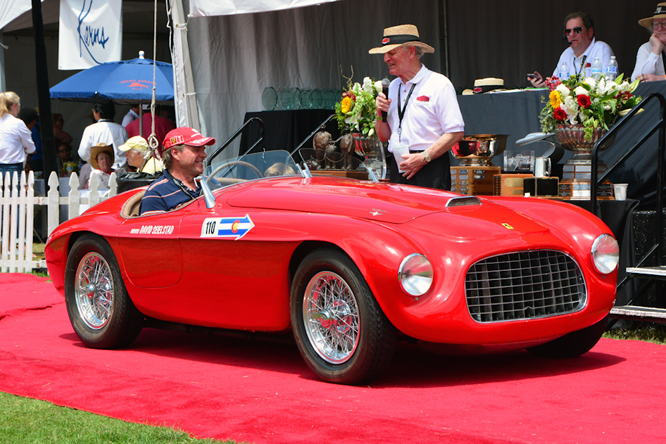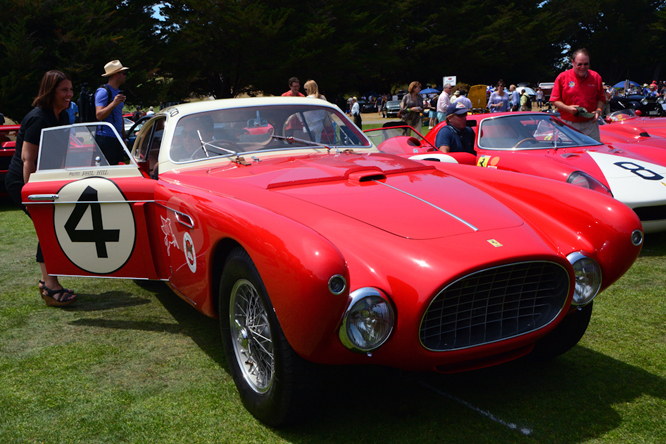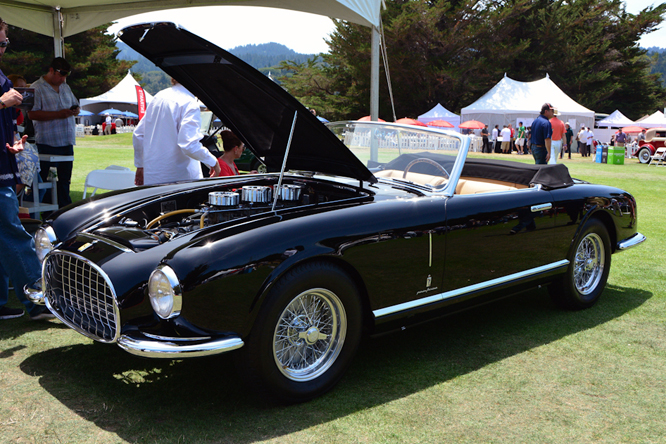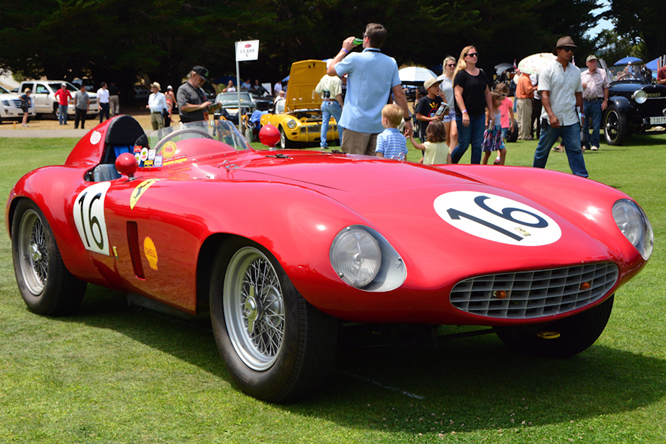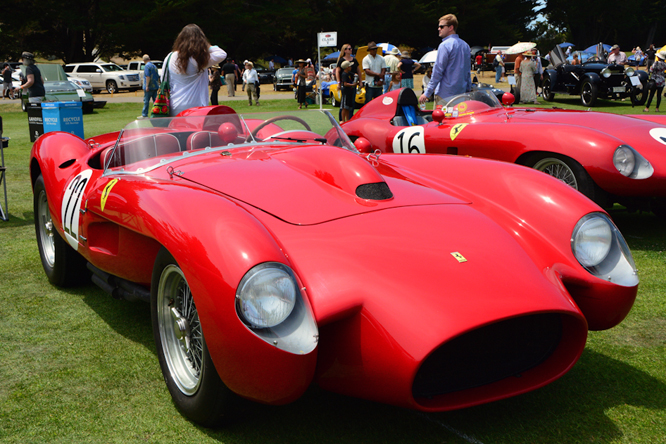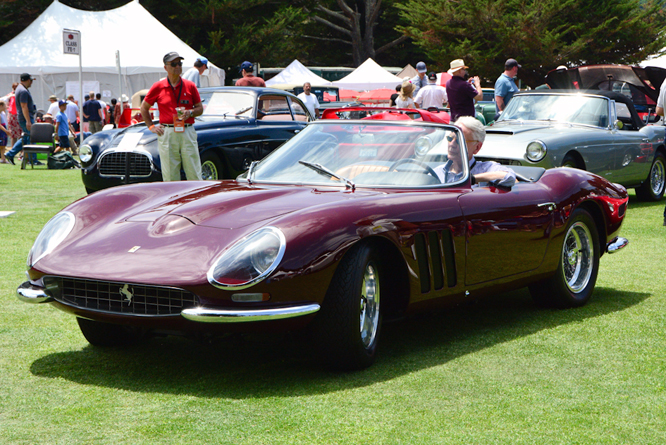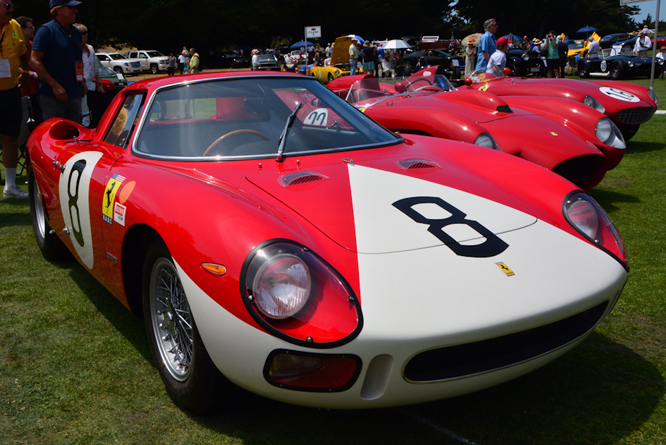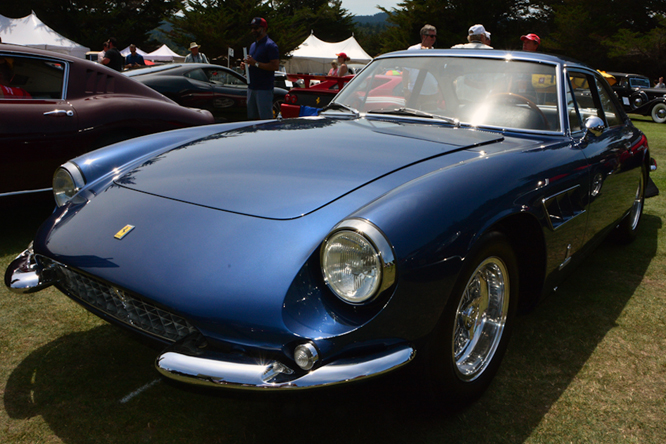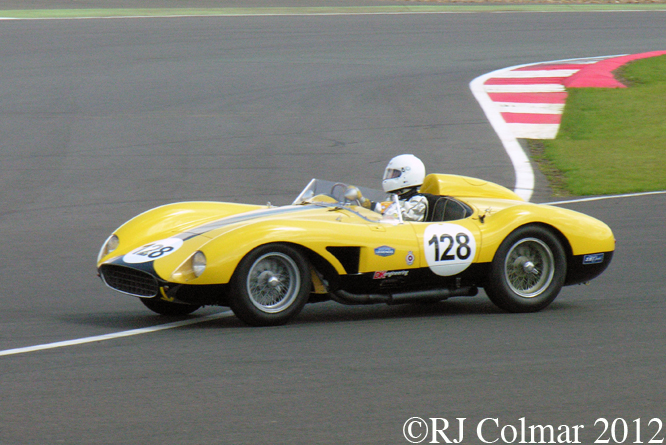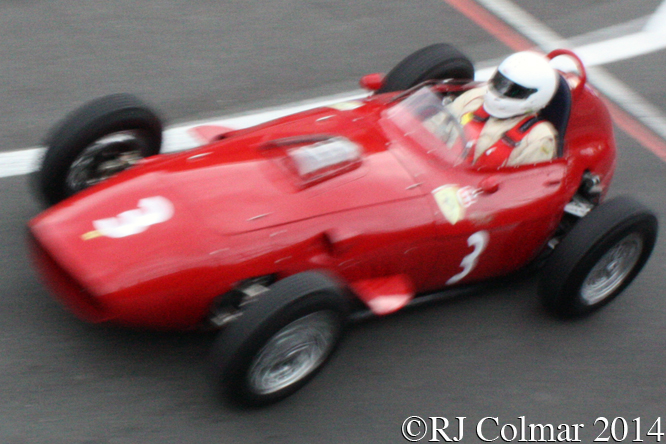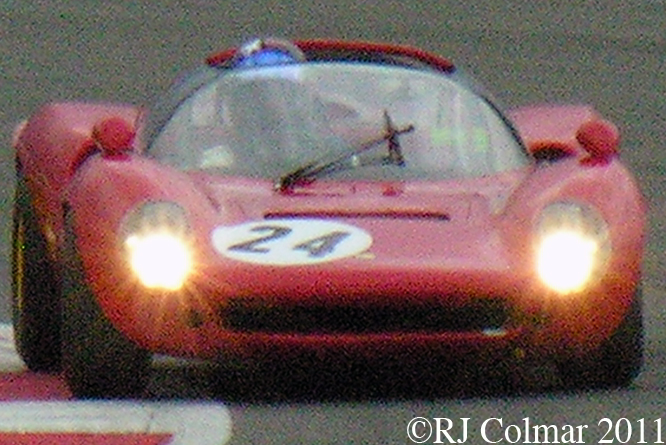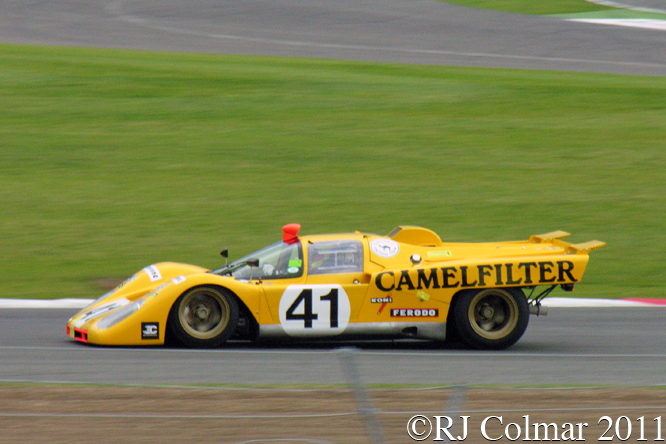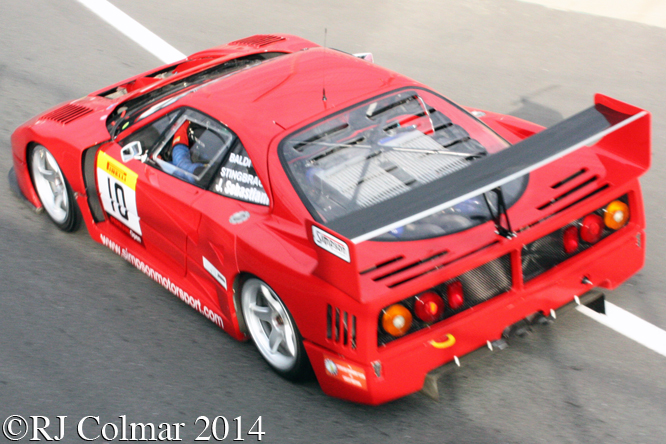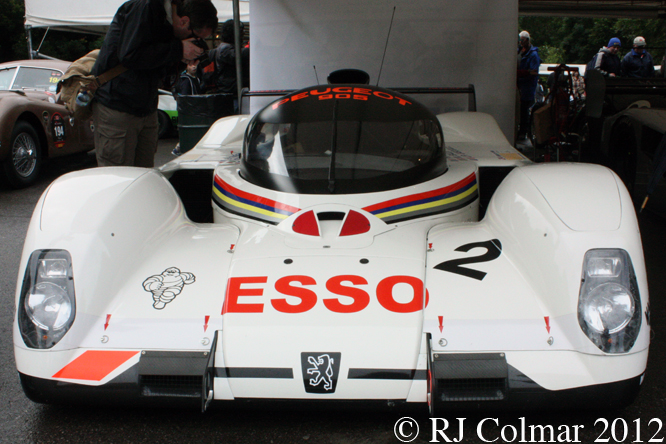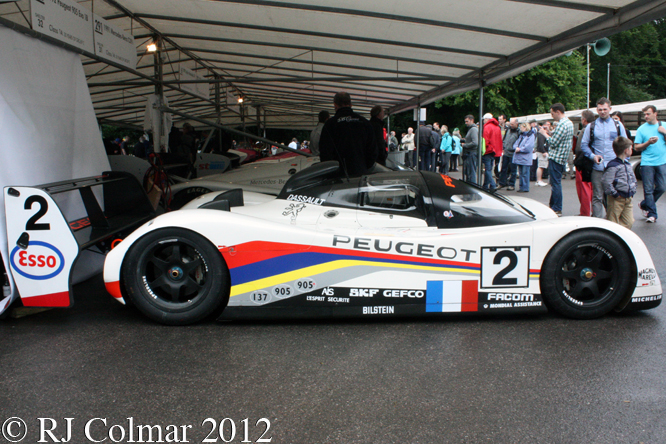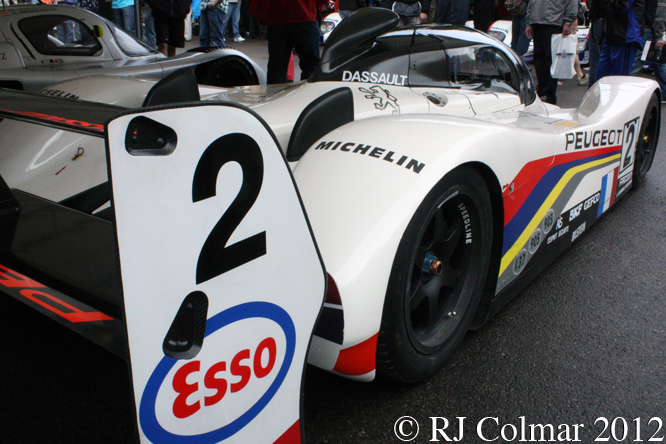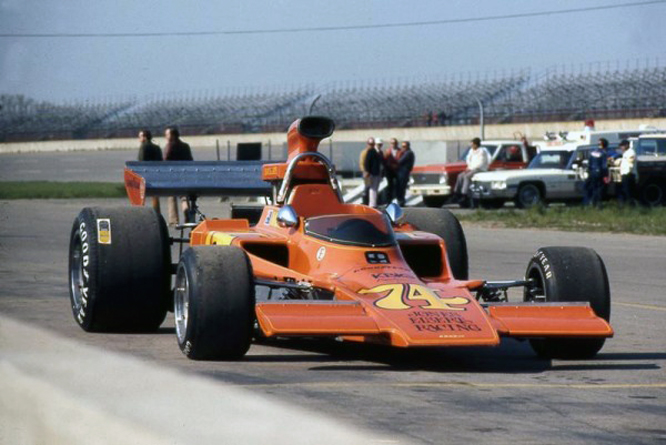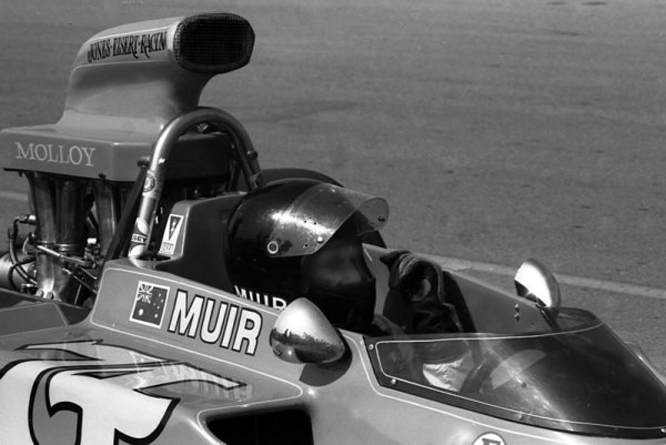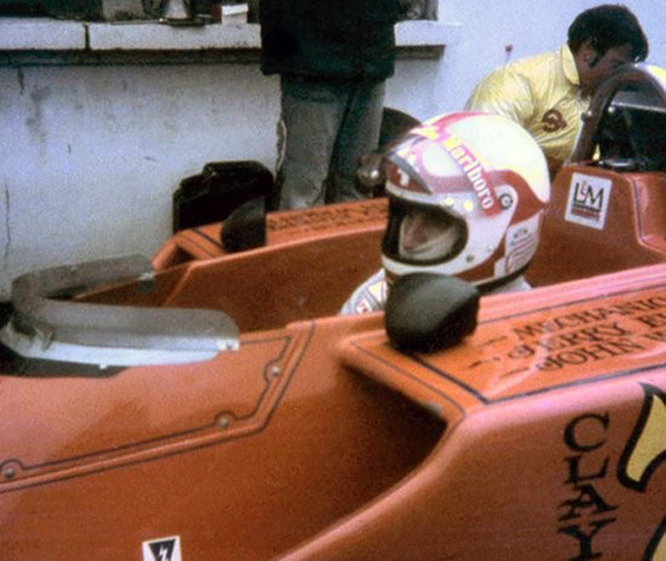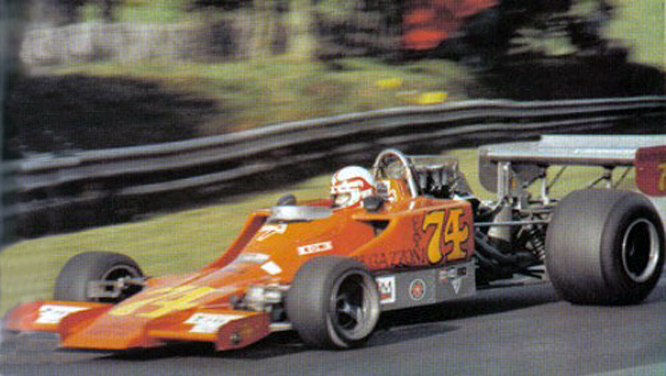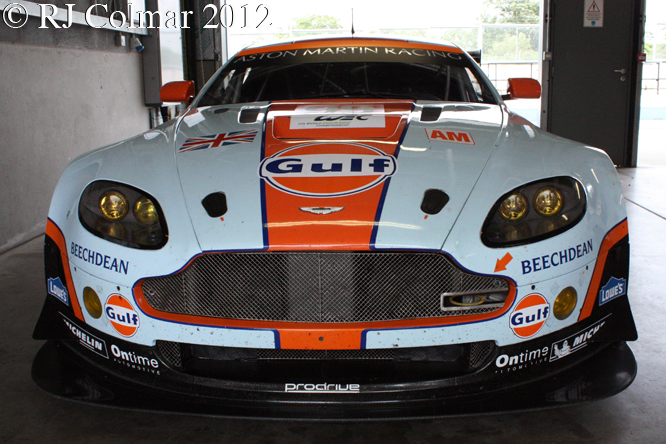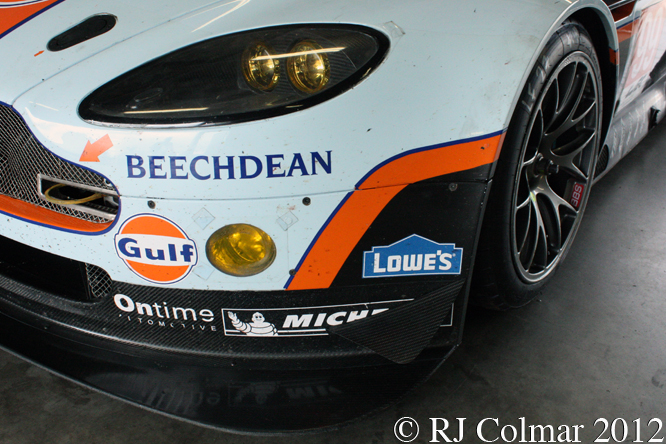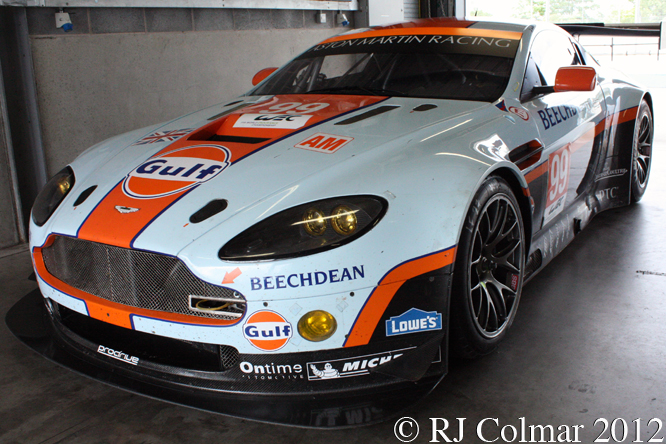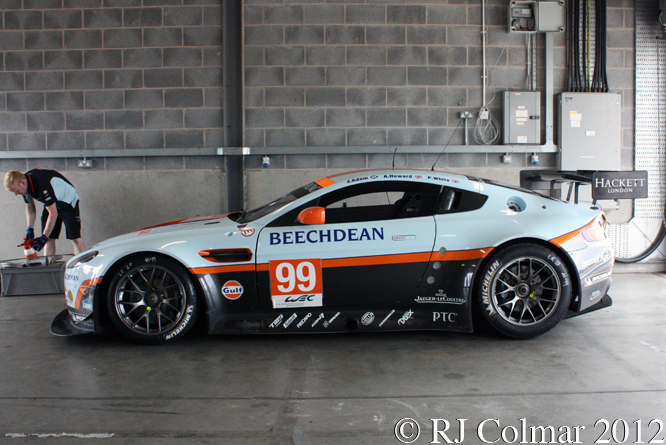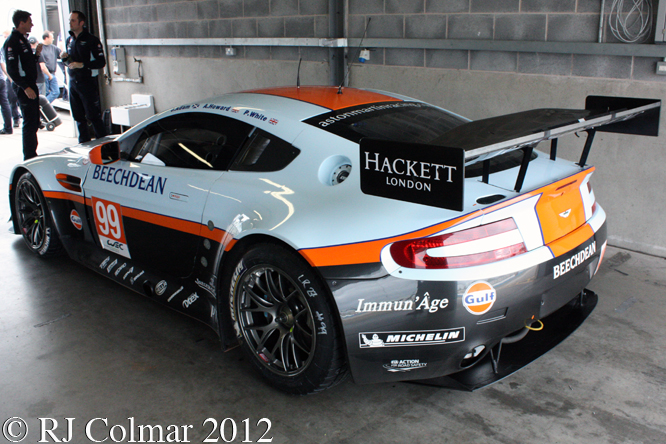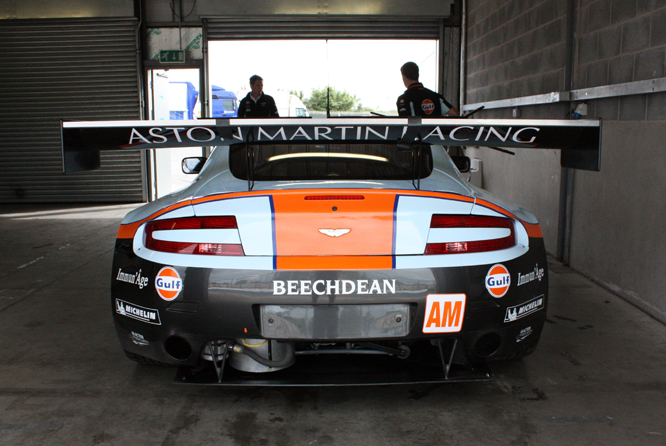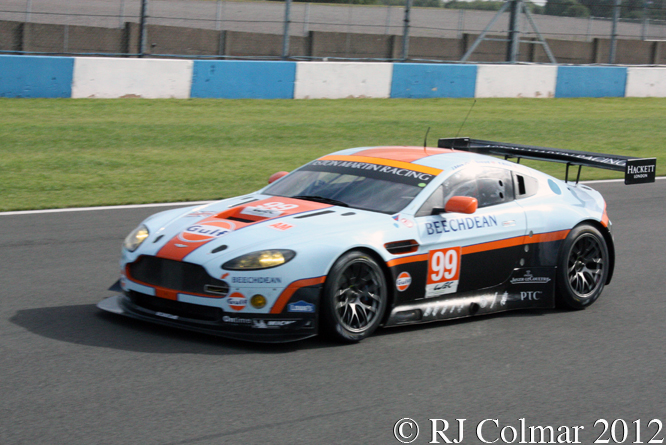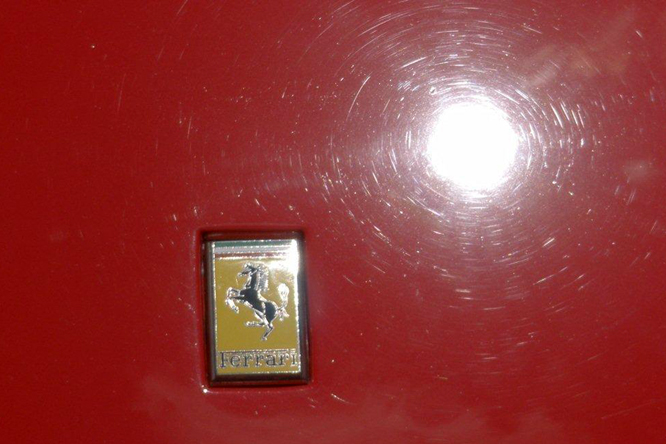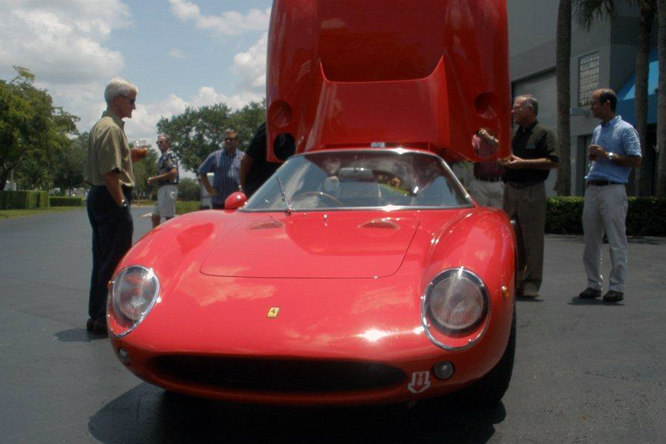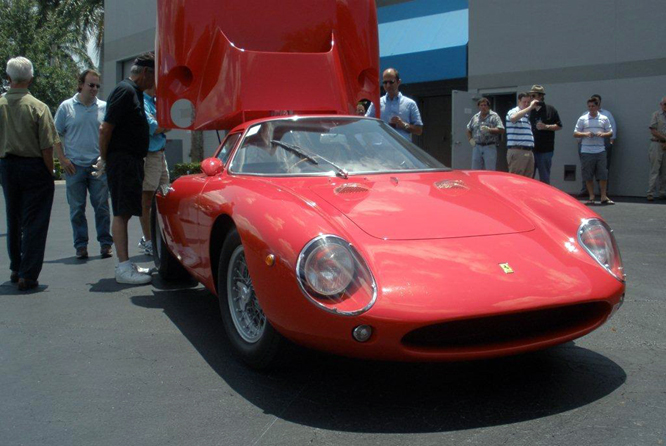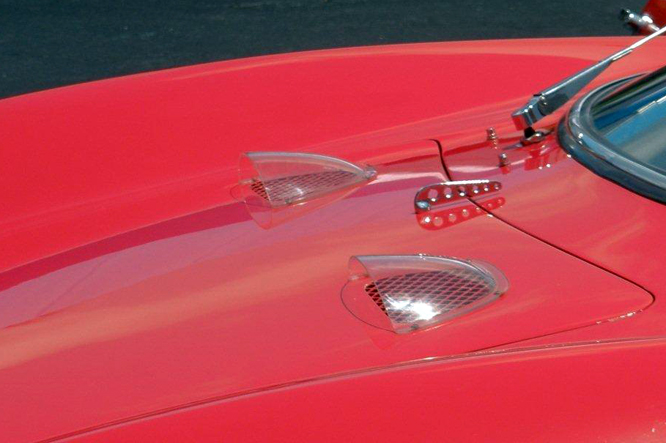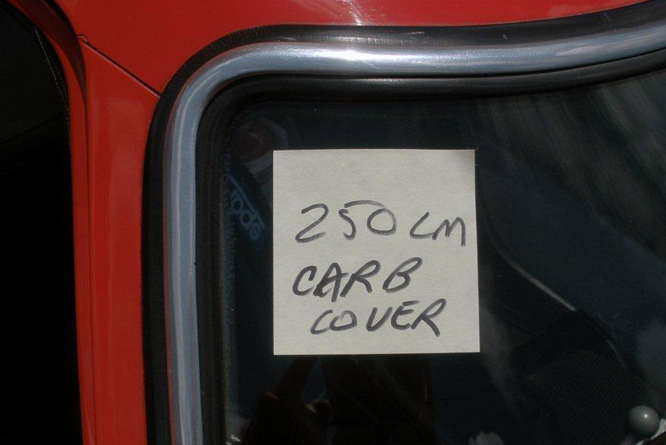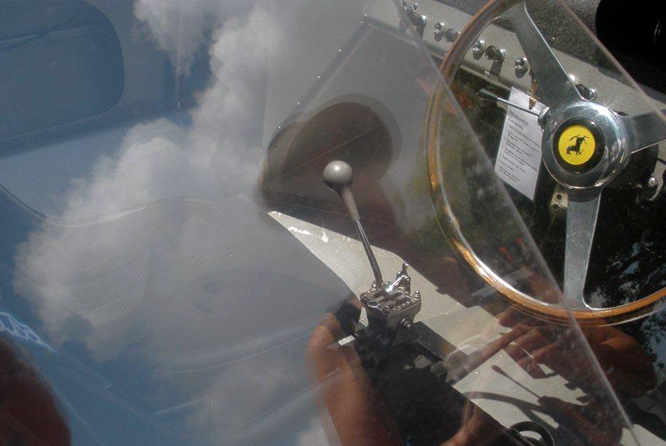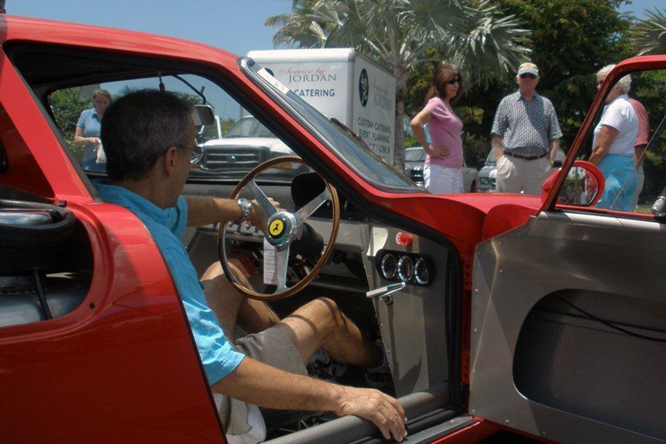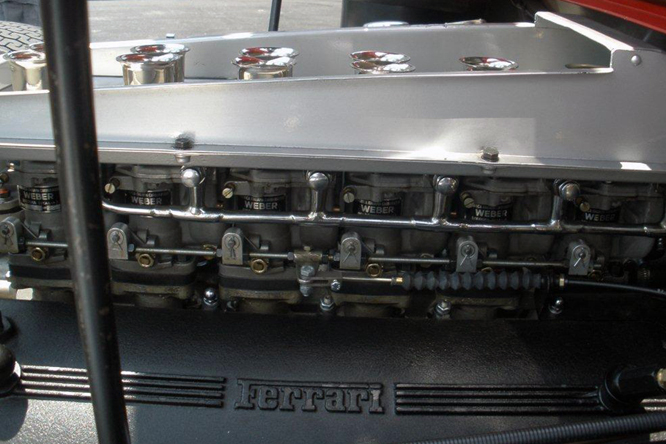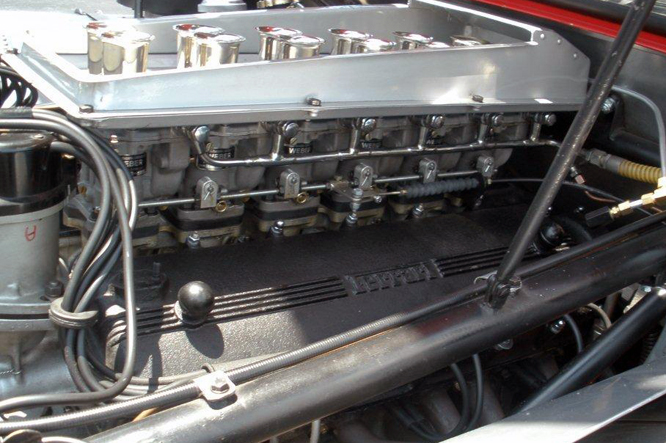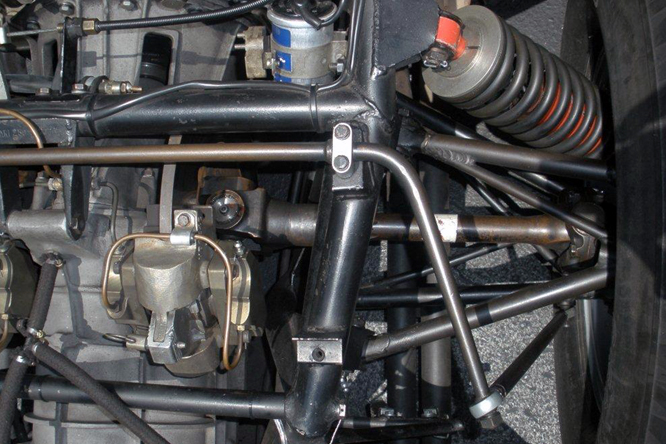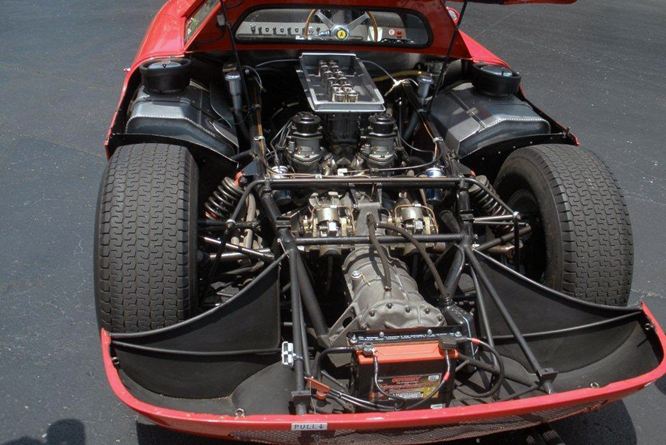Orion is a French manufacturer of racing cars, which appears to have been founded or at least run by Pierre Devaux, Daniel Legrand and Daniel Lentaigne.
Between 1981 an 1992 Orion are known to have built cars to compete in Formula Renault and Formula Renault Turbo series, in 1983 Christian Braconner is known to have won a Formula Renault Turbo race at Nogaro driving an Orion.
By 1989 sportscar racing was enjoying one of it’s periodic heyday’s with works supported teams from Aston Martin, Jaguar, Mazda, Mercedes Benz, Nissan and Toyota all competing in Group C class for the World Sports Car Championship and arguably, for most manufacturers, the more important Le Mans 24 Hour race.
For some reason a complete imbecile in the corridors of motorsports administration decided that the future of top line sports car racing ought be with all vehicles powered by motors to meet the recently introduced normally aspirated 3.5 litre Formula One engine regulations, instead of the variety of normally aspirated and turbocharged Group C motors that were being run in a variety of sizes with V6, flat 6, V8 and V12 configurations all offering competitive solutions.
The idea of using 3 litre Formula One motors had been tried, without success in terms of large numbers of entries, in the late 1960’s and early 1970’s, but the idea, then, provided Matra with a platform on which to shine as it would provide it’s spiritual successor Peugeot the opportunity to shine in the early 1990’s.
In 1990 Peugeot announced their 3.5 litre V10 powered 905 Le Mans challenger for the 1991 season, Jaguar using a Formula One Ford Motor, Mazda, Mercedes Benz and Toyota would follow, but their efforts apart from Jaguars were by no means convincing.
To run alongside it’s 905 Sports Prototype programme Peugeot announced the Peugeot 905 Spider Cup in 1991, the cars would all feature 2 litre / 122 cui 16 valve 4 cylinder Peugeot crate motors and gearboxes while the chassis was free except that it had to carry a standard body supplied by Peugeot.
The 60th edition of the Le Mans 24 Hours could have been full of interesting Group C Cars, but instead only Peugeot appeared committed to wining the race with a three car entry against running against the 3 car 3.5 litre V10 powered Toyota team and 2 car proprietary Judd V10 powered Mazda team.
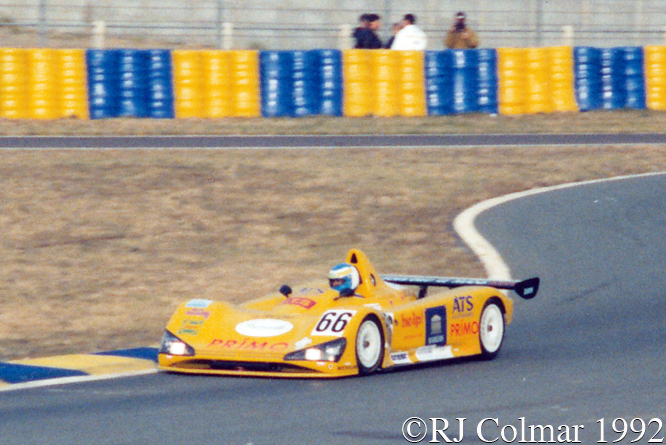
The rest of the field was made up of regulated overweight Group C cars, chronically underfunded vehicles from Lola and BRM with 3.5 litre motors that had no chance of winning at a competitive speed and at the back of the field two vehicles designed to compete in the National Peugeot 905 Spider series, the Welter Racing WR LM92 and today’s featured car the #66 Orion LM chassis #001.
The Orion was entered by former Formula Renault and Formula 3 driver Eric Bellefroid who had attempted to make it in Formula 3000 in 1988, but failed to qualify his Lola Cosworth for the 3 races he entered.
Sponsorship for the Orion came from PRIMO, ATS and help! and it was driven by Marc Alexandre a former Formula Ford Driver who’s motor racing career highlight was taking part in 10 Formula Renault races in 1992. It is believed Marc was also a French judo champion.
Marc shared the driving with Frank de Vita of whom I could find not trace outside his single participation at Le Mans and Welter Breuer who is similarly conspicuous by his absence, on Google, beyond this event in 1992.
With this overwhelming lack of cockpit experience it is probably no surprise to learn that the #66 qualified 28th, 18 seconds slower than the similarly 905 bodied WR 92LM driven by Patrick Gonin, Didier Artzet and Pierre Petit which qualified 27th, but surprisingly 2 seconds faster than the 3 litre 183 cui V6 Alfa Romeo powered Debora SP92 driven by Didier Bonnet, Gérard Tremblay and Jacques Heuclin that qualified 29th and last.
During the race Mark, Frank and Welter chalked up 78 laps, being just under a minute and a half slower per lap, than the fastest car in the race the 905 Coupé driven by Yannick Dalmas, Derek Warwick and Mark Blundell that secured the win after completing 352 laps.
The Peugeot 905 Spider Cup ran from 1992 to 1995 it’s most noted exponents were Christophe Bouchut and Eric Hélary, both Concessionaire Peugeot sponsored driving Martini chassis, both also made lasting careers in sports car racing, starting with a Le Mans win at their first attempt in 1993 when they shared the winning Peugeot 905 Coupé with Geoff Brabham.
Martini is the only one of the three 905 Spider manufacturers never to have been represented in the Le Mans 24 Hours despite building the most, twenty, chassis to accept the 905 905 Spider chassis and the only one of the three manufacturers I have seen credited with winning any of the Spider Cup races.
Orion is said to have built as many as six 905 Spider chassis one Orion SC2 was entered for William David who finished a season best 4th at Pau in 1992, while Eric Bellefroid finished 7th in the same race driving a car also said to be an Orion SC2 in his only known 905 Spider Cup start.
WR went on to develop their own LM Prototype with new chassis, bodies and turbo charged motors to win the LMP class at Le Mans in 1993 and lock out the front row of the Le Mans grid in 1995.
My thanks to Frank “Duc-man” Christmann, fausto, Tim Murray and Arjan de Roos at The Nostalgia Forum for giving me a few clues about today’s featured Le Mans participants.
Thanks for joining me on this “PRIMO, ATS, help!” edition of “Gettin’ a li’l psycho on tyres” I hope you will join me again tomorrow. Don’t forget to come back now !
